The Nissan Leaf has been reinvented as a sleek SUV with a range of up to 375 miles thart its chief engineer has vowed will “set the standard for future electric vehicles” – and we've had a first taste.
The pioneering EV was launched in 2010 as a mid-sized hatchback but has been entirely reinvented for this third generation to take on the likes of the Skoda Elroq and Kia EV3 in the family crossover class.
It will be sold globally and manufactured at Nissan's Sunderland plant in the UK.
While the new Leaf has just been revealed, Autocar has already had two runs in prototype versions, first at Nissan's Grandrive test track in Japan and then at Millbrook Proving Ground in the UK.
New Nissan Leaf: technical details
The new Leaf sits on the CMF-EV platform that's used by the larger Nissan Ariya and various Renault EVs, meaning it’s technically unrelated to the first two generations of Leaf.
However, chief engineer Hiroki Isobe told Autocar that learnings from those cars – gained from more than 700,000 global sales that led to more than 17 billion miles of driving – were invaluable.

“The aim was to set the standard for future electric vehicles,” he said. “We’re building on the Leaf DNA: it’s created for everyday customers and the goal was to create an easy-to-use EV that can be driven without any discomfort. We have a huge database of information about what customers want.”
That put the focus on maximising the efficiency of the Leaf, which resulted in an aerodynamically sculpted body, including flush door handles, a steeply raked windscreen and an underfloor cover, combining for a drag coefficient of just 0.25.

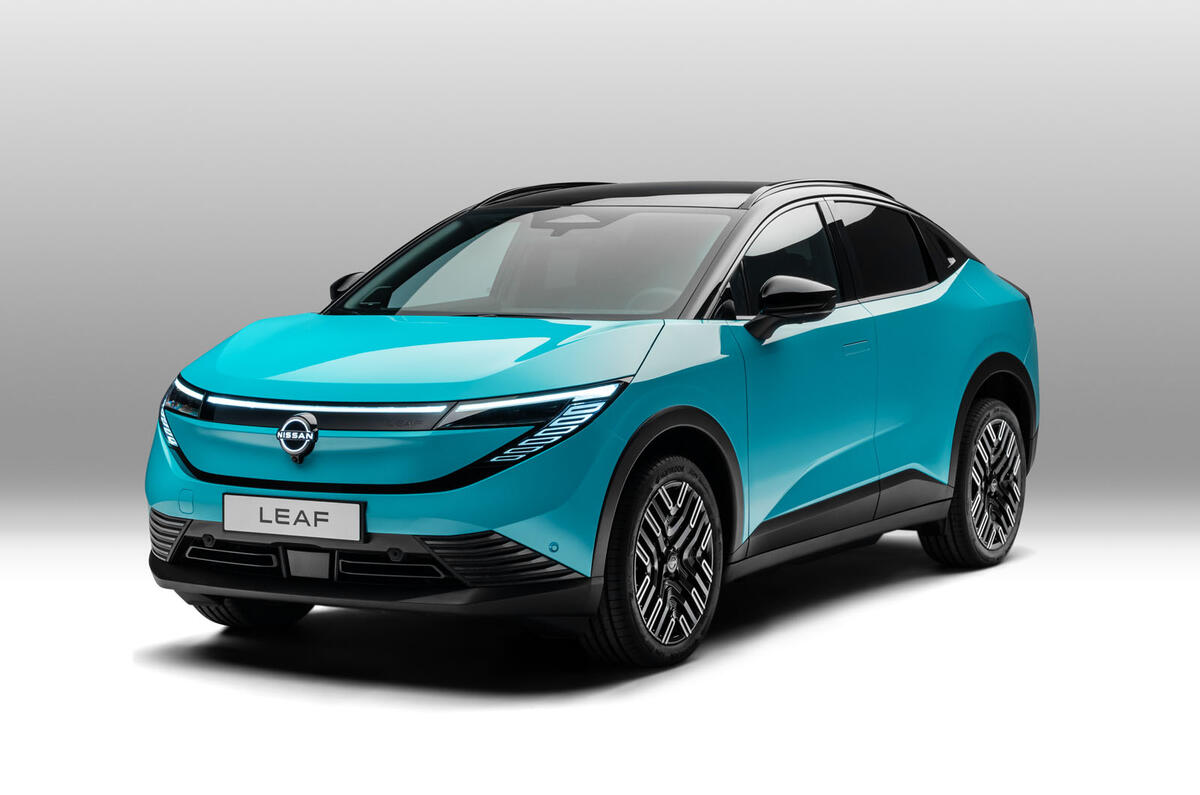

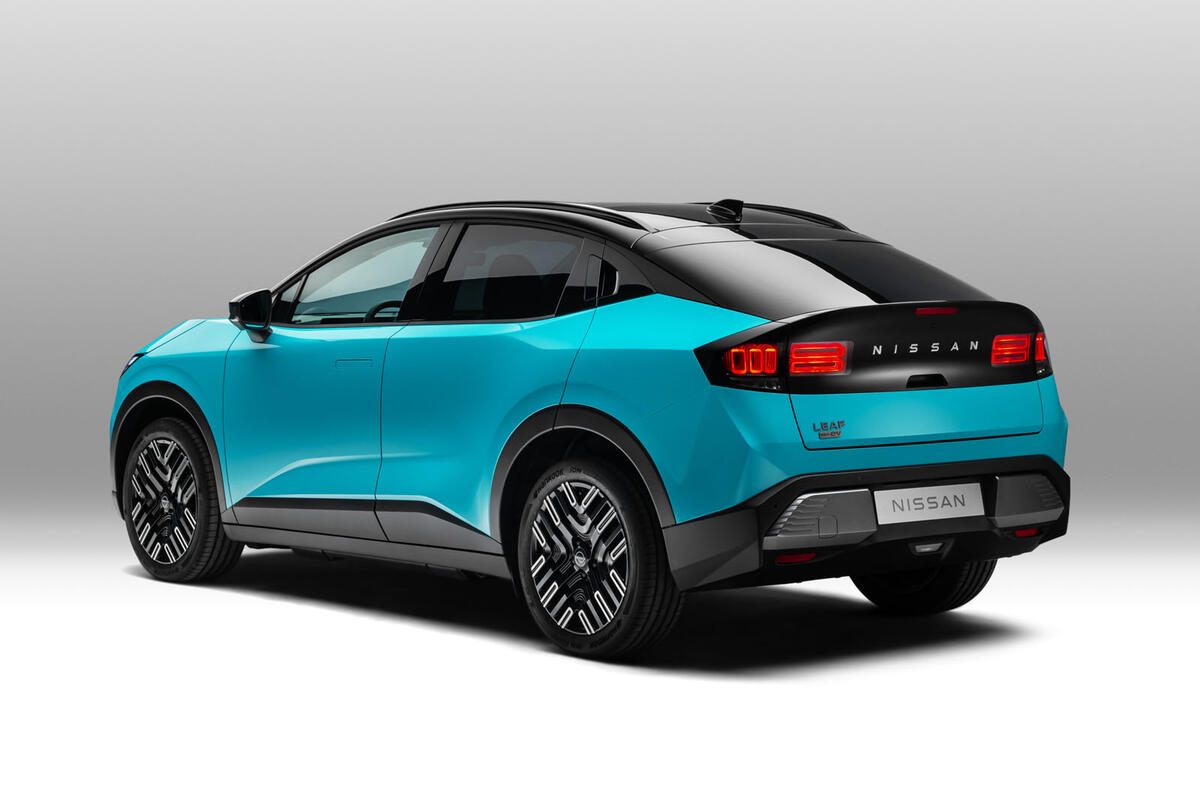
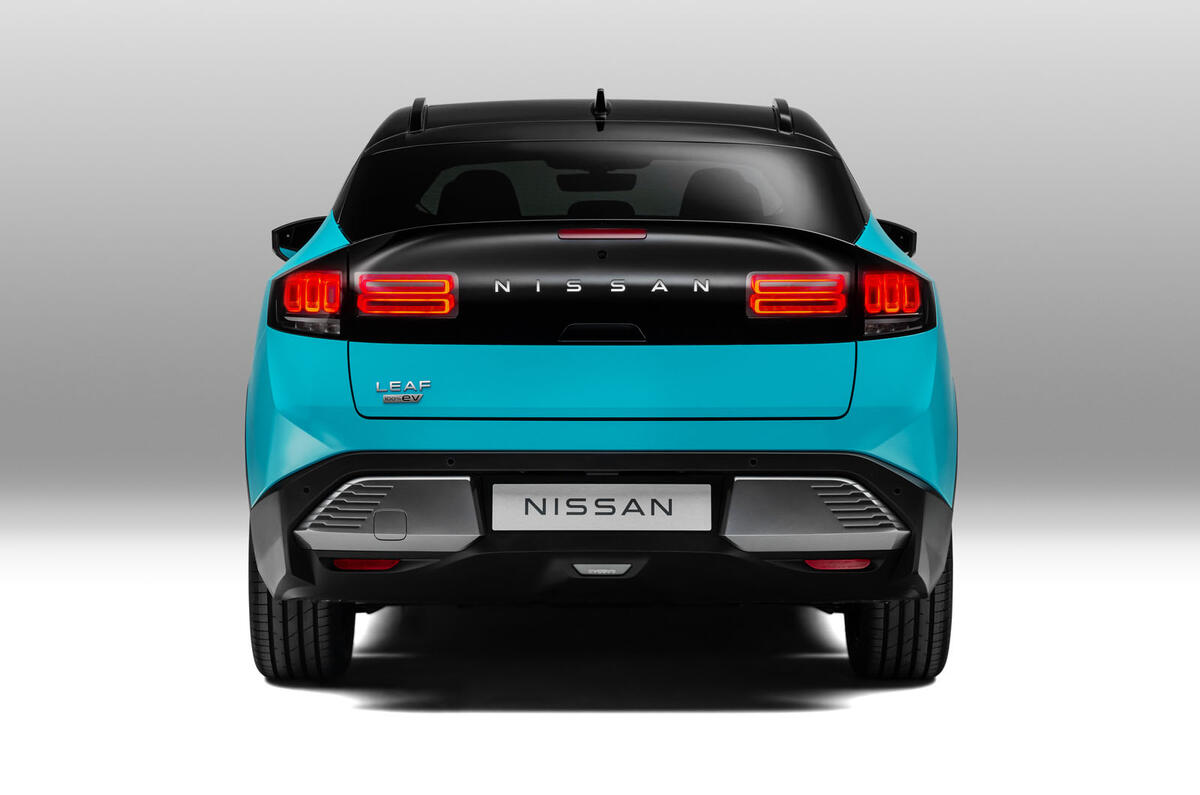
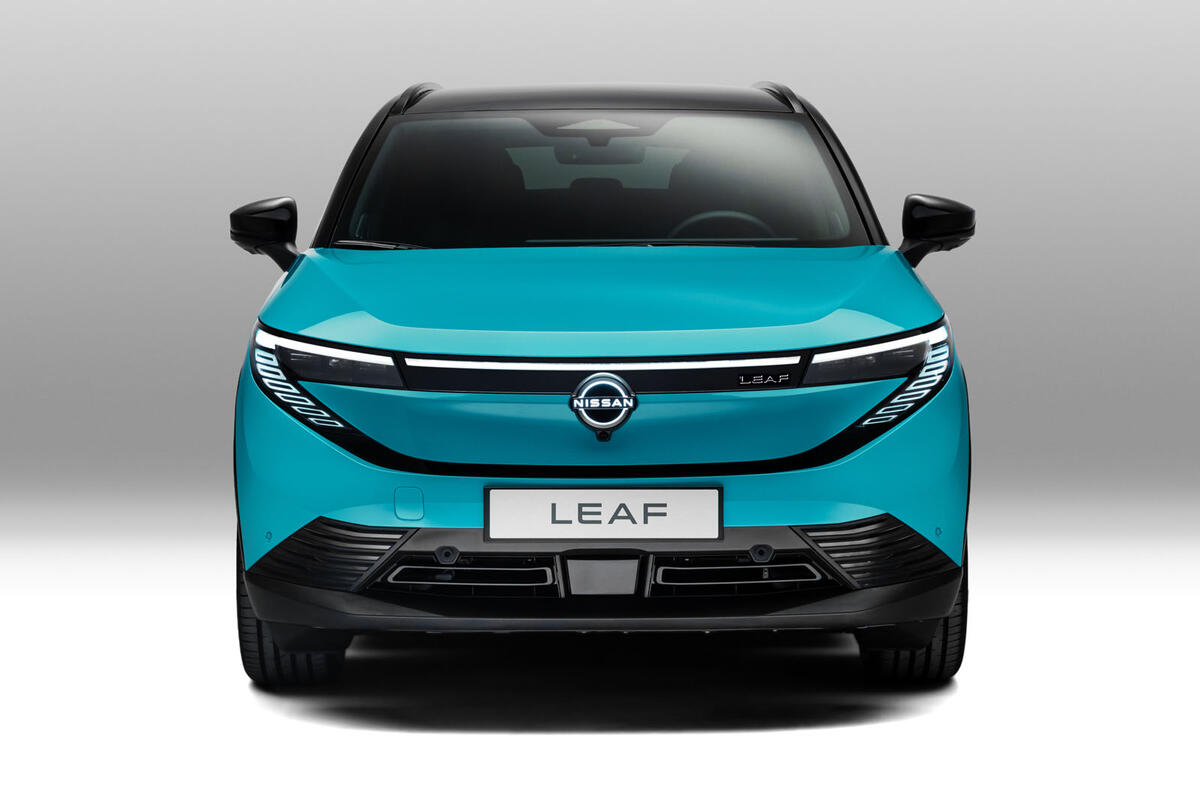
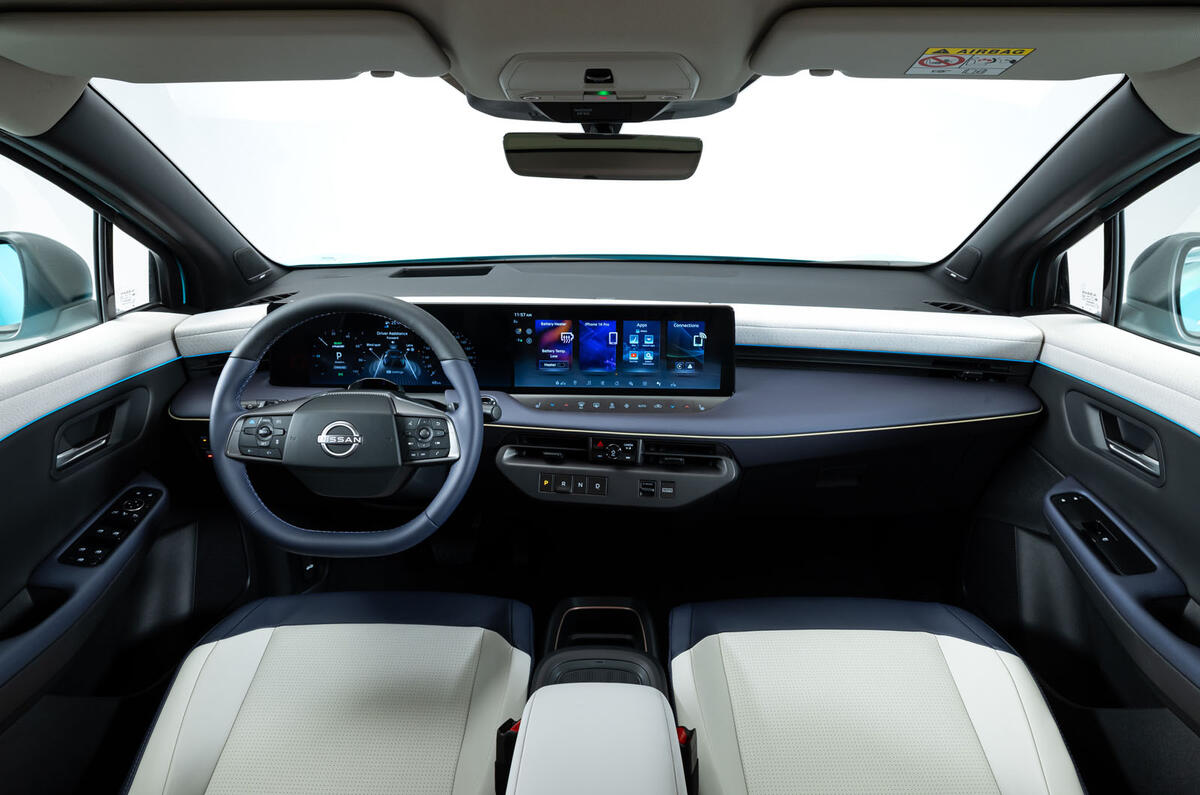
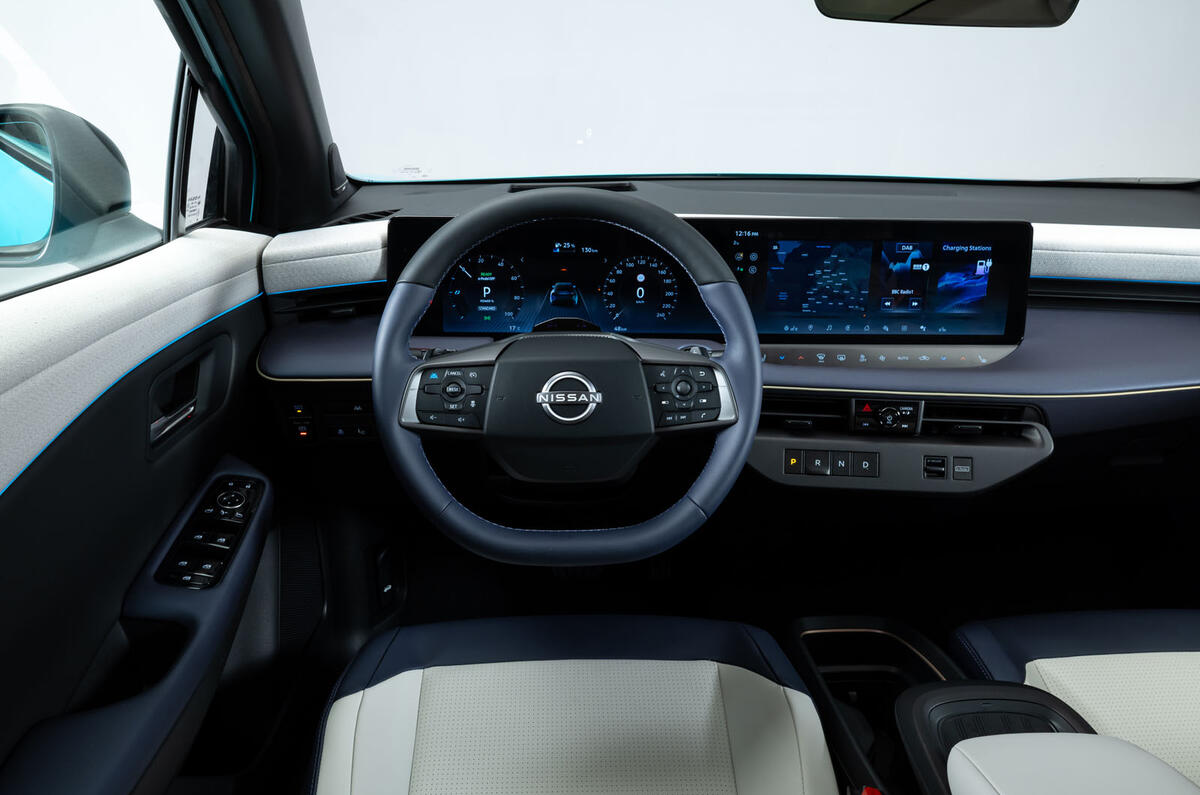
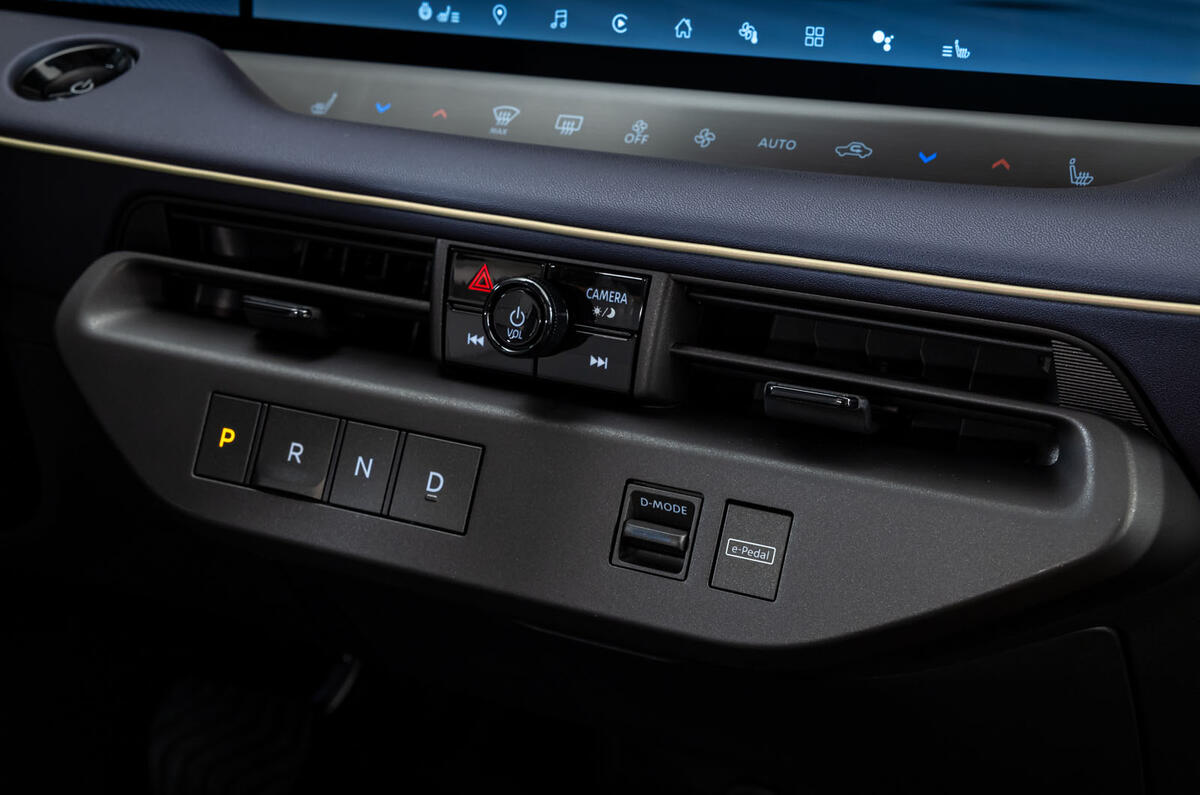
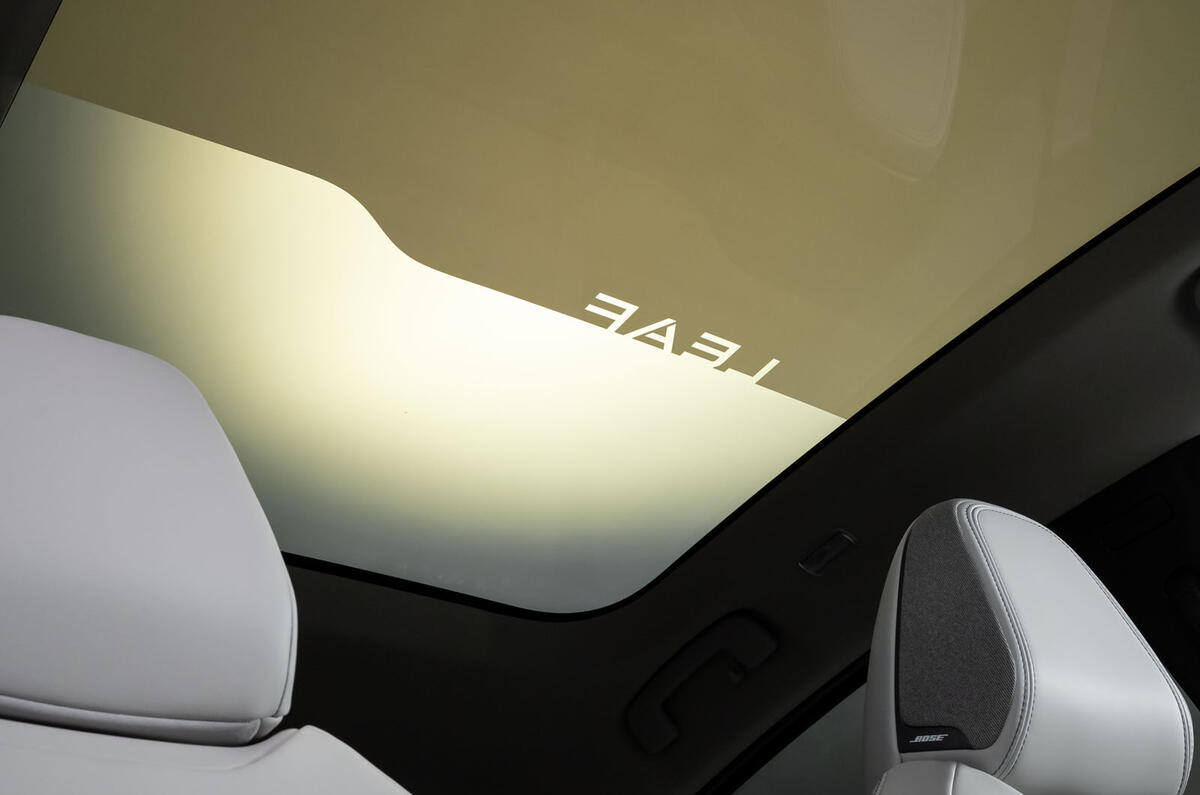
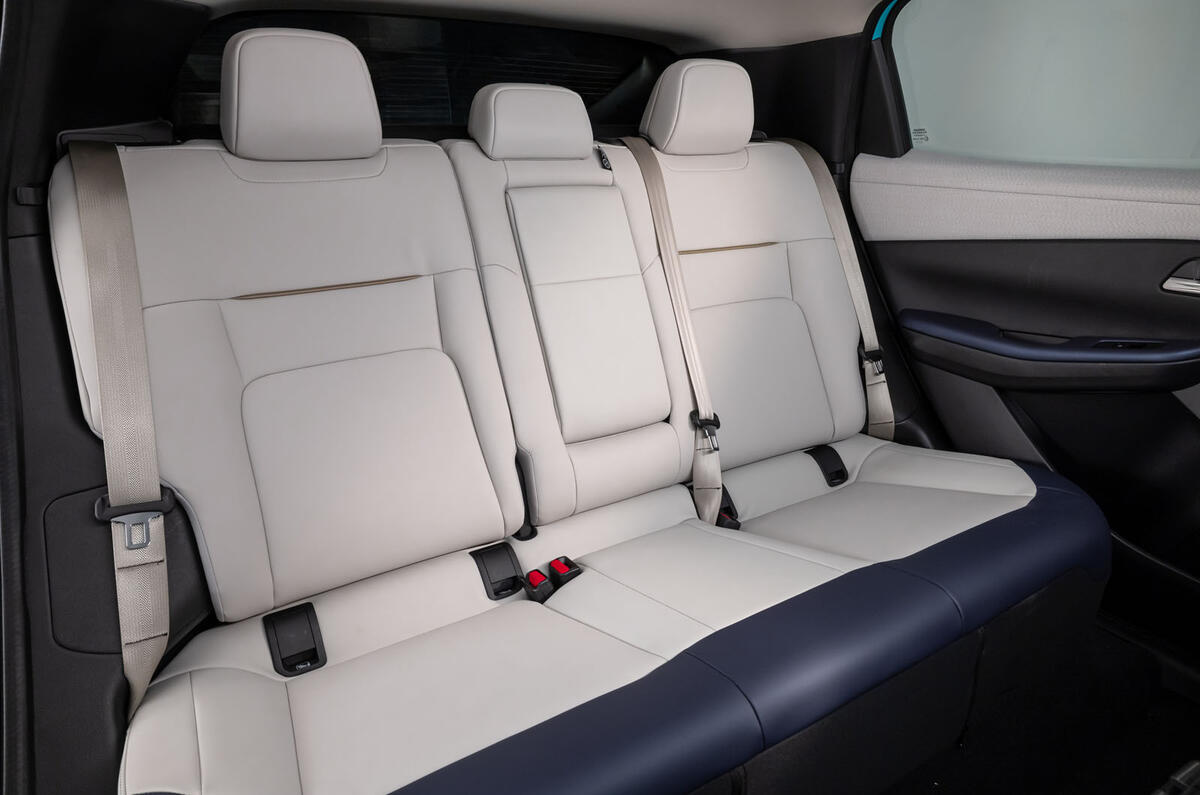
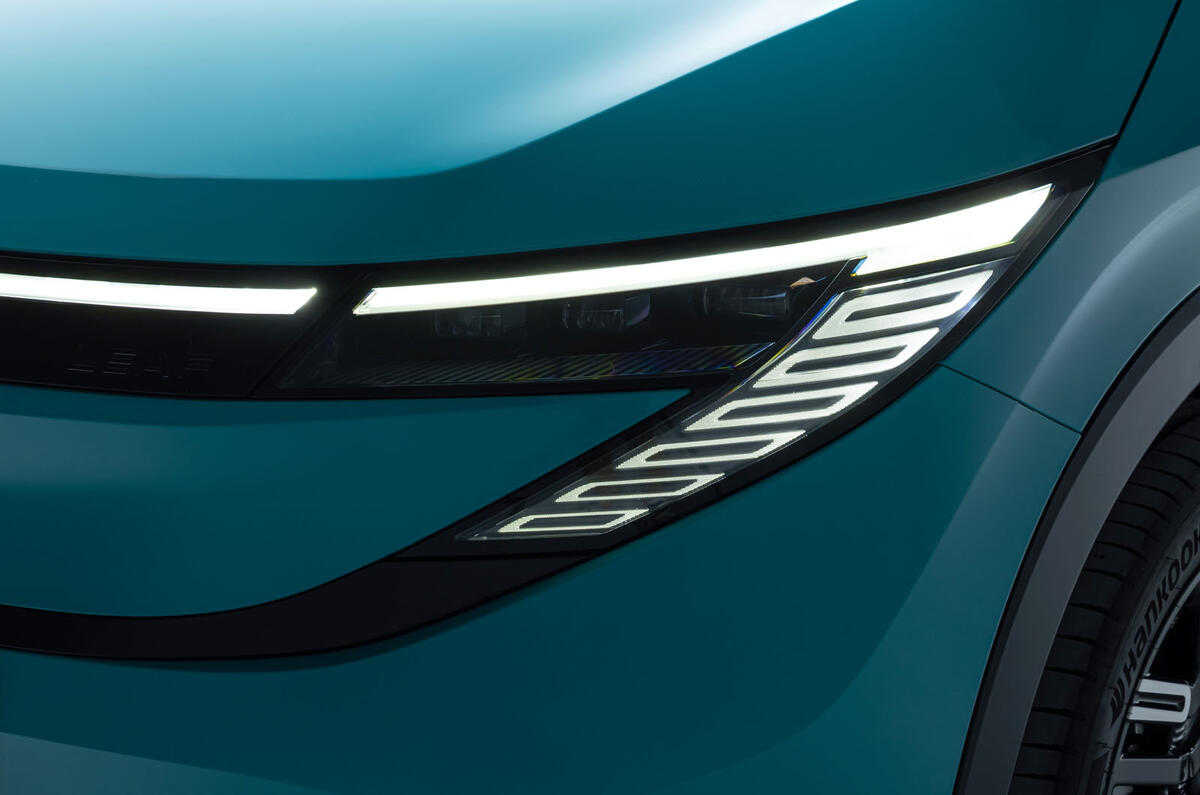


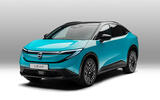

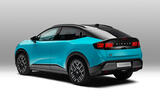

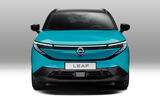
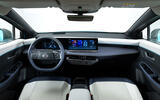
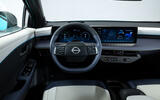

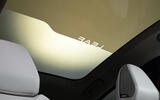
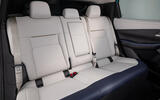
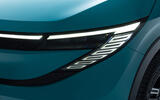

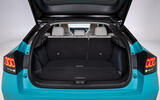

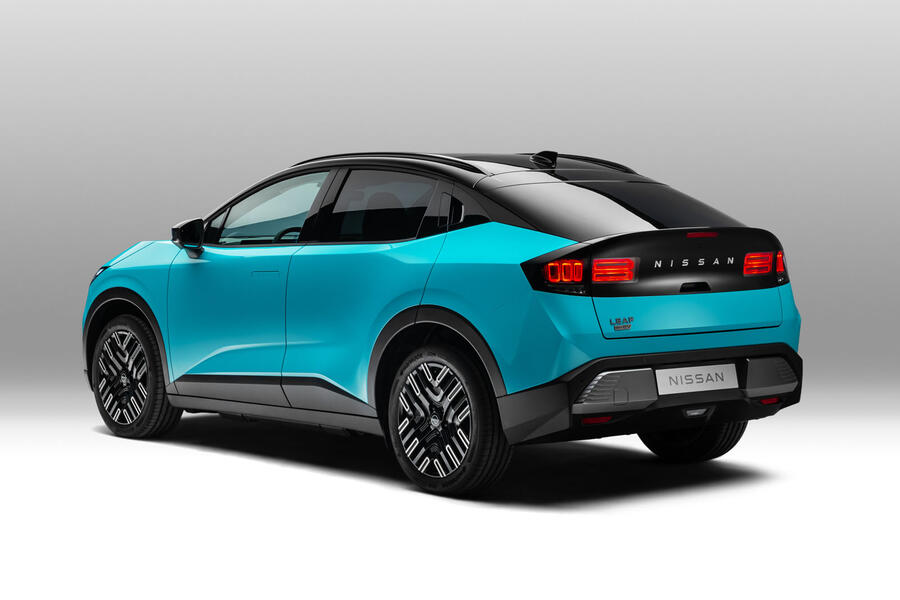





Join the debate
Add your comment
It's ok, quite pretty...but car makers shouldn't still be going down the EV route when hybrids are very popular. They just scrub out so many buyers! Offer both...see what sells more.
Why would you redesign a BEV, whose USP has always been pure battery power, and make it a less efficient.
Name me a Nissan passenger car looking UN-attractive? The brand 'churns out' attractive, sensible, practical vehicles one after the other. "But Nissan is in trouble!". True, its cost structure is high, FX a nuisance, and offering at least 30 different models globally while Nissan's size is limited to 3,3 mio annualy requires a vast CAPEX/OPEX
Moo moo! ,us too, makes sense to make the nxt Leaf look like what most of us are driving.